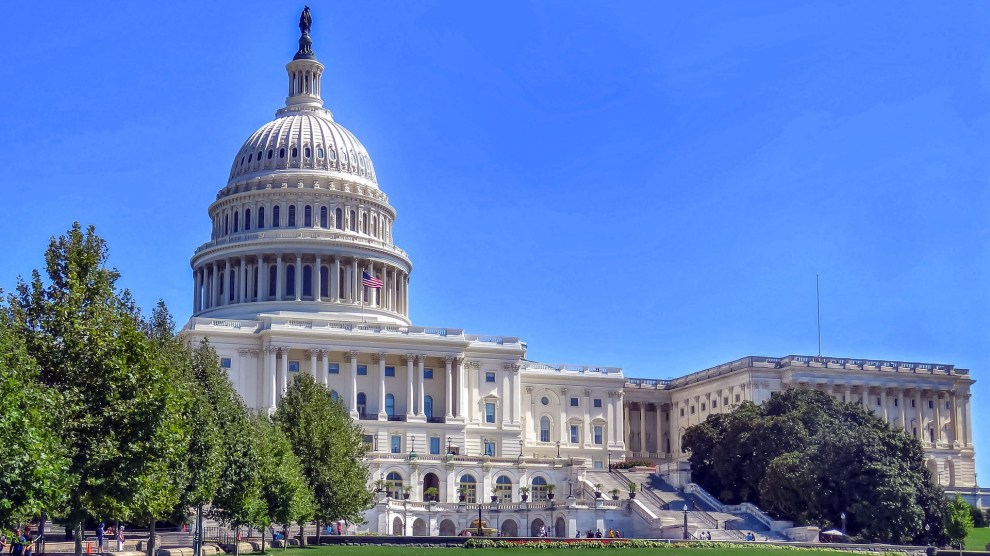The $1.9 trillion COVID-19 relief package signed into law by President Joe Biden should provide a short-term boost to the commercial real estate segments most affected by the pandemic, and it promises to be a taste of the type of progressive policymaking that will be in effect as long as Democrats retain control of Congress.
The American Rescue Plan funds a wish list of programs sought by the industry, including nearly $40 billion of aid for rental housing, $25 billion to prop up the restaurant industry, and nearly $200 billion for state and local governments to assist small businesses, tourism and hospitality. That’s in addition to the elements of the bill – including stimulus payments to individuals and extended unemployment aid – that will that will help families pay rent and spend on consumer goods, providing an economic shot in the arm that should benefit the industry.
The package has a mix of indirect and targeted measures that should prove beneficial to commercial real estate. Provisions that will boost consumer spending include $1,400 payments to individuals earning less than $75,000 and couples earning less than $150,000, $300 a week in extra unemployment assistance through September 6, and the enhanced child tax credit.
The bill also includes $21.6 billion in rental assistance payments to be disbursed through the Treasury Department’s Emergency Rental Assistance Program (ERAP), $5 billion in housing vouchers that can be used for rental assistance, $5 billion for homelessness assistance, $750 million for rental assistance for tribal, native, and Hawaiian populations, $100 million for rural rental assistance. Other housing-related provisions include $4.5 billion for utility payment assistance and $120 million for counseling and fair housing.
Changing Policy Dynamics
Beyond specific funding measures, the bill also is an illustration of the changing dynamics in Washington, D.C. Democrats gained control in January for the first time in more than a decade, and there are striking changes in both tone and substance.
Small “g” government has been the dominant ideology since the Reagan era, but that’s no longer the case. Biden’s ambitious program involves stimulating the economy in the short run. With the economy down more than 9 million jobs from its peak, and demand for relief for struggling families, concerns about the deficit have taken a back seat to getting the economy back on track and making whole businesses that have closed and workers who lost jobs through no fault of their own.
That grand thinking will continue as far as the Democrats thin majority will take them later this year as the issues of climate change, immigration, infrastructure, and tax reform are tacked. The stakes for the industry will become more complicated then. Handing out aid in COVID-19 relief is popular, but there is less agreement about the benefit to changing the tax code or implementing new environmental regulations.
The full article can be found at: https://www.commercialsearch.com/news/analysis-covid-19-relief-signals-new-cre-policy-regime/











Add Comment